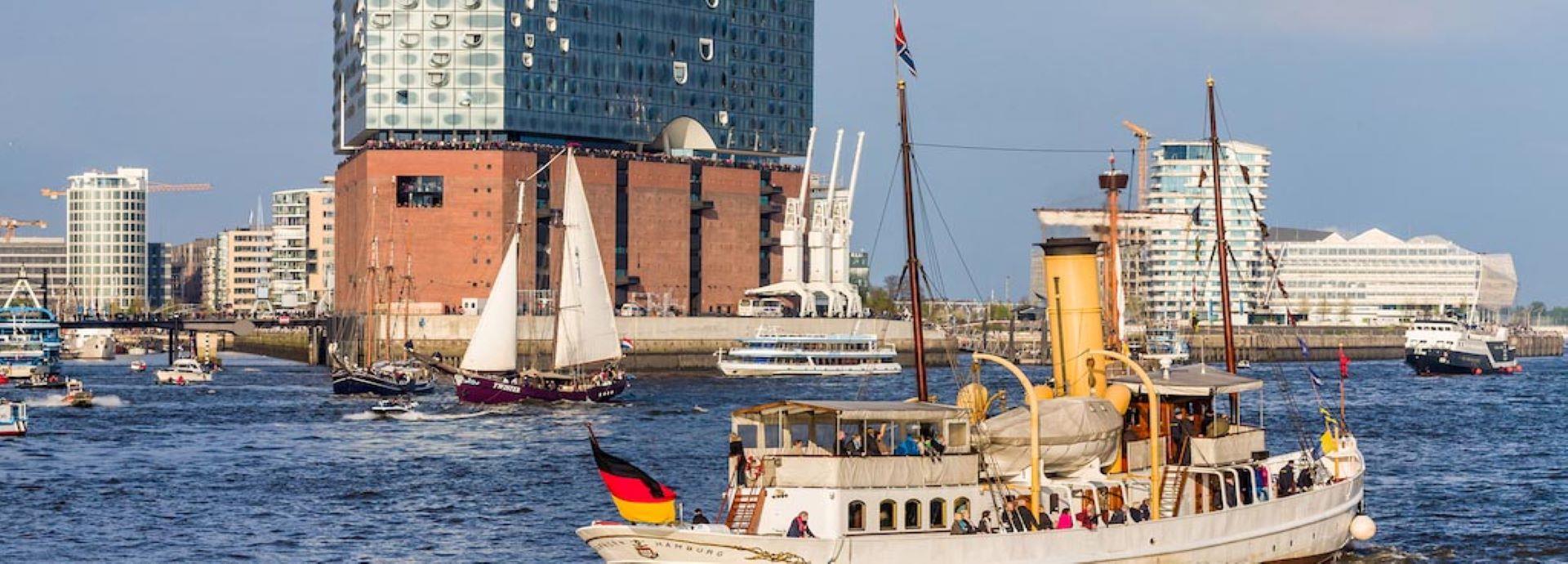

Did you know that choreography can be used to improve traffic flow and efficiency when designing and planning smart marine traffic in port strategy? We tell you what’s the connection.
A project led by Ellie Cosgrave, a professor in urban innovation at University College London (UCL), is bringing planners and engineers together to design systems for urban mobility to answer the question: Is it possible to use the techniques employed by choreographers to offer engineers the tools to stimulate new ideas?
The answer is a resounding yes! Cosgrave, in a recent feature in The Guardian, explained that choreographic methods can be used to improve urban engineering as both choreographers and engineers share common goals such as designing materials and experiences in time and space. According to Cosgrave, large engineering institutions are not always equipped to adapt to the rapidly changing social, environmental, and technological needs of the 21st century, as computer modelling doesn’t always take into account human needs. This is where the improvisation and feedback that choreographers employ could be useful as a model for engineering. Take the case of busy harbours, where vessels are constantly dancing with each other, guided not only by traffic rules but also by sensors, data, and the human touch.
Emil Katajainen, Senior Development Manager at Wärtsilä, sees merit in this possibility.
“Each vessel is given its berthing slot by the receiving terminal, usually communicated through a vessel traffic service (VTS) in the bigger ports,” he says explaining the harbour logistics. “If they arrive before their slot is available, they will wait at anchor in a designated anchorage area. When the vessels arrive at the port, they might require assistance from tugs or pilots, who need to play a part in the overall ‘choreography.’ The same goes for leaving the port area, communication with VTS is needed to secure that the vessel can safely exit the port area.”
According to Katajainen, VTS functions in a similar way as an air traffic control centre does in the aviation industry. “One might say VTS are the gatekeepers or conductors of the ‘choreography,’ of the safe and efficient usage of waterways,” says Katajainen.
The human touch is still needed
Recent technological advancements such as auto-docking sensors and AI allow for some improvisation when planning the moves that ships and other vessels make.
“We still rely on the ships’ captains to make navigational decisions, and assume responsibility for safe manoeuvring. The improvisation might come into play when giving decision support, and choosing between safe navigational alternatives,” he says. “We are proceeding step-by-step towards more automated decision-making, and a final outcome of this development in the distant future might be a safe choreography of vessels in harbour areas.”
According to Katajainen, if AI takes care of the synchronisation, the computer model will calculate the best possible movement patterns using its algorithms, which might seem like an improvisation to the human eye. “This requires an advanced, widely connected smart marine ecosystem to be realistic. Whether this will be realised in the future is very unclear,” he says.
Immediate feedback
AI systems and processes do allow for instant feedback for re-routing.
“Our Advanced Intelligent Manoeuvring product is capable of predicting other vessels’ trajectories with over 98% probability for the coming 15 minutes and giving automated recommendations based on the prediction, thus allowing the captain to react to a potential navigational hazard by changing their course or speed. The manoeuvring prediction is constantly recalculated, and as vessels come closer, their trajectories compared to our own vessel become more predictable, which helps increase the confidence and minimise errors,” says Katajainen.
As for the implications of different movement patterns or plans for ships, there are a maximum number of vessels that can dance in the harbour at one time. This depends on several factors.
“Theoretically, one might try to fit as many vessels into a port as is physically possible, but this isn’t meaningful as the commercial value-adding activity of the port visit is the period when the ship is berthing, usually loading and/or unloading cargo or passengers,” says Katajainen. “The amount of available berthing space is the limiting factor for the ‘choreography.’ The size of the vessel is an important factor for its possible berthing places, as well as its manoeuvring pattern, for as they say, ‘big ships turn slowly.’ The energy source of the vessel also plays some role in situations where the vessel’s load level changes rapidly. Here, hybrid solutions can improve the operational performance and reduce the environmental impact,” he adds.
So the image of a pirouetting ship is an apt metaphor. “We are connecting smart vessels to smart ports to create a connected ecosystem,” says Katajainen. “One concrete action we are working on is the exchange of recommended time of arrival or estimated time of arrival between the port and the vessel. Ideally, this will result in vessels arriving just in time, which saves fuel, reduces the crew’s workload caused by manoeuvring and anchoring, as well as reduces congestion around ports, making the choreography handling easier and safer.”


